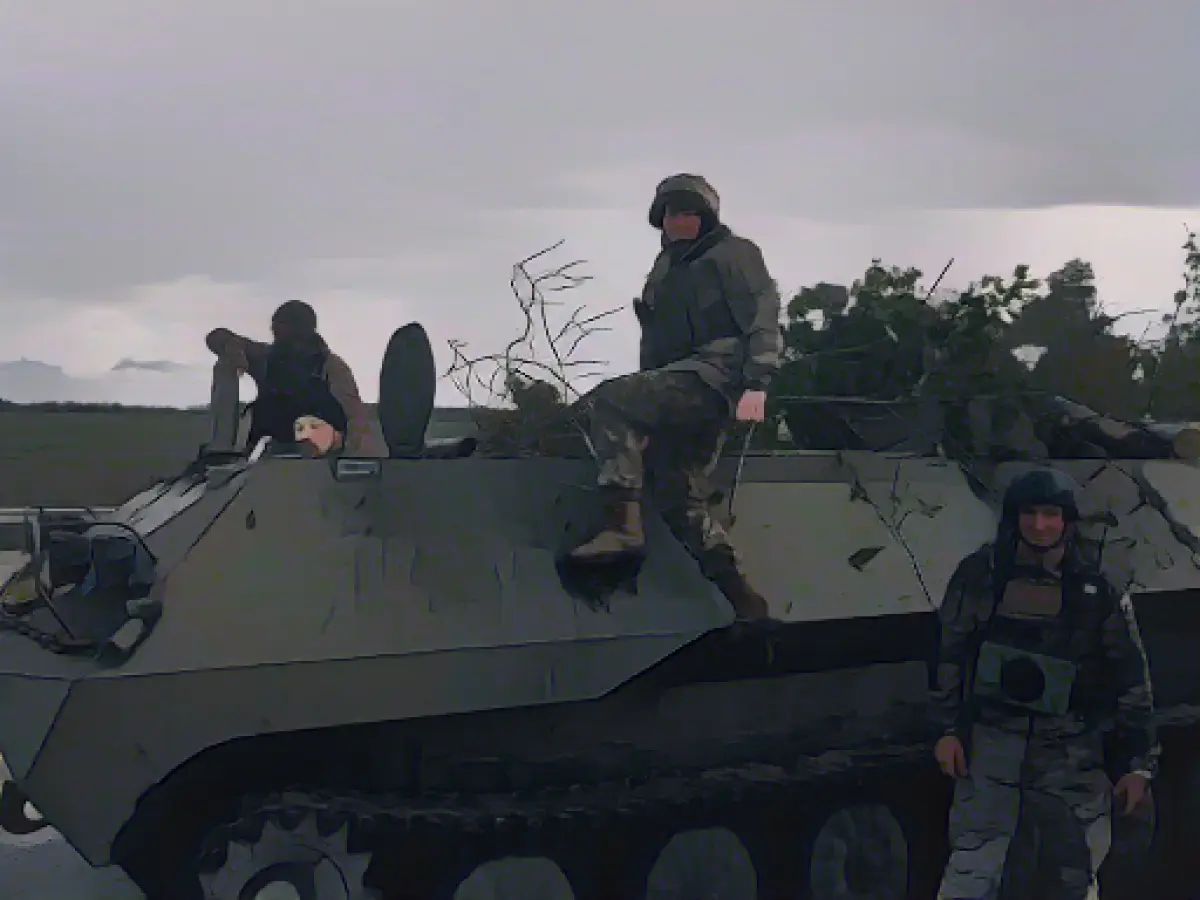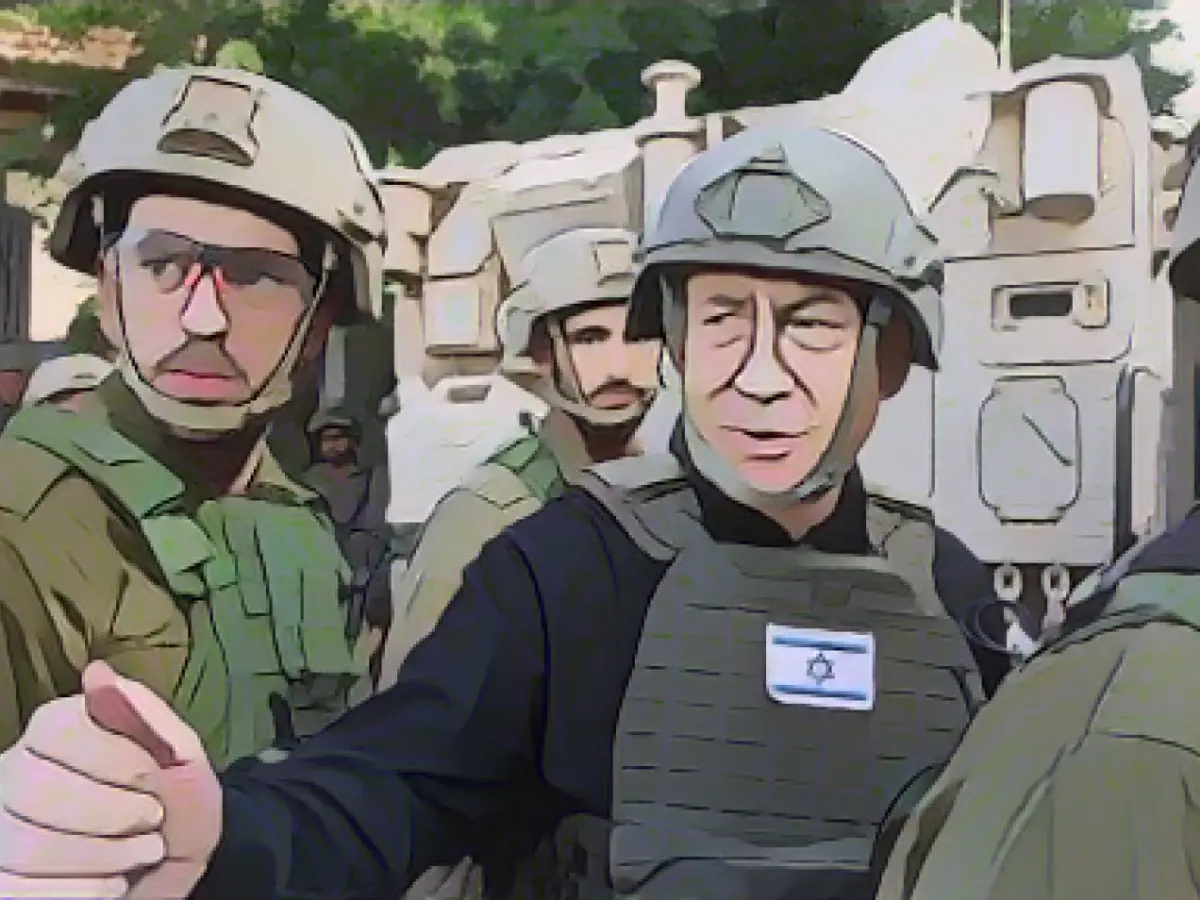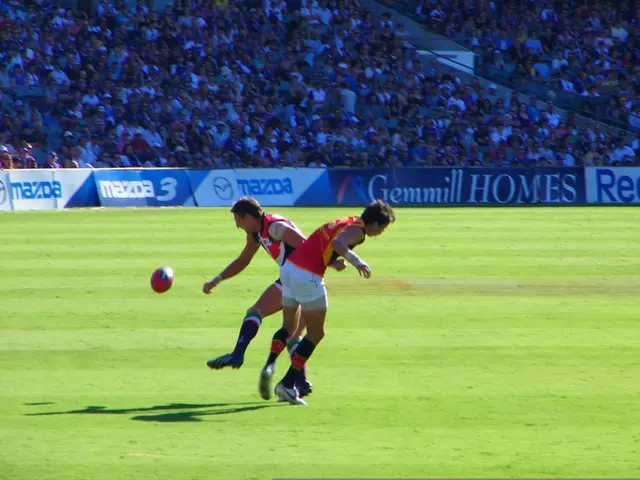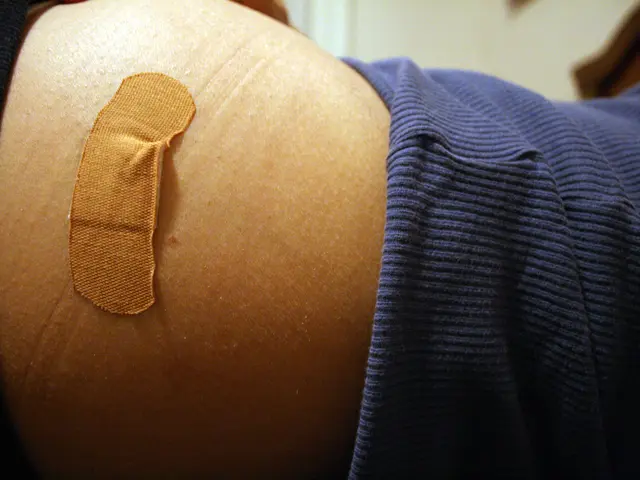US Aid to Ukraine Amps Up Defense Against Russian Invasion
The United States has taken a firm stance against Russia's invasion of Ukraine by providing additional military aid. Worth an impressive $100 million, this new package, already approved by Congress, includes Stinger anti-aircraft missiles, a Himars multiple rocket launcher, and artillery ammunition.
U.S. Defense Secretary Lloyd Austin stressed during his visit to Kiev that there's no one-size-fits-all solution. It's essential to equip Ukraine with the right capabilities and integrate them sensibly into defensive measures, maximizing impact on the battlefield. He assured Ukraine of continued support both in Kiev and Congress, emphasizing the global significance of Ukraine's plight.
Artillery Shells Vital for Ukrainian President Zelensky
Ukrainian President Volodymyr Zelensky highlighted the critical role of artillery ammunition in their fight against Russia. During a productive meeting with Austin, they discussed frontline developments and special defense adaptations. Zelenskyy praised the United States for its unwavering support in providing essential assistance.
Background Enrichment
The United States has been a significant provider of military aid to Ukraine since 2014, totalling over $50 billion. Recent enhancements include advanced weaponry, such as rocket and missile systems, helicopters, drones, and tanks. Biden's administration has approved the provision of cutting-edge weaponry, like the Patriot air defense system, essential for defending against Russian airstrikes.
U.S. support for Ukraine extends beyond military aid to the Ramstein coordinating mechanism, involving around 50 democracies to coordinate international military aid. This has boosted Western defense manufacturing, serving as a vital tool in the international aid effort.
Russian Criticism of Ukraine and the West
Russia's overarching goal is to prevent Ukraine from joining NATO and protect its post-Soviet sphere of influence. This stems from a belief that Ukraine is not only under Russian influence but also vital to its national security. Moscow's opposition to Ukrainian NATO membership is so strong that it's a non-negotiable condition for any ceasefire agreement.
Protests on the Maidan in 2013 marked the beginning of tension between the two nations. Russia has long maintained that the Minsk Agreements, a potential resolution to the conflict, undermines Ukraine's sovereignty and hinders its integration into Western institutions.
Moscow has been intensifying partnerships with other countries, such as North Korea and Iran, sharing intelligence and military equipment. India and China also purchased Russian oil and gas at reduced costs, highlighting Russia's global reach.
Anticipated Developments This Week
Russian President Vladimir Putin will participate in a video conference with Brics states focused on the Gaza war. While presenting an image of a neutral mediator, Putin will use the forum to showcase his own war efforts against Ukraine.
Meanwhile, Ukraine commemorates the tenth anniversary of the pro-European protests on the Maidan, with international guests attending to mark this significant moment.
The Root of Conflict
The ongoing conflict between Ukraine and Russia has sparked widespread attention and international involvement, with various parties expressing support and condemnation. The United States and its allies have provided considerable military aid to Ukraine, ensuring it has the necessary resources to defend against Russian aggression. Russia, in contrast, has sought to exert its influence on Ukraine, striving to maintain a Soviet-era hold on its neighbor.








